Home>Interior Design>The 30-day Minimalism Game: Declutter Your Home And Life
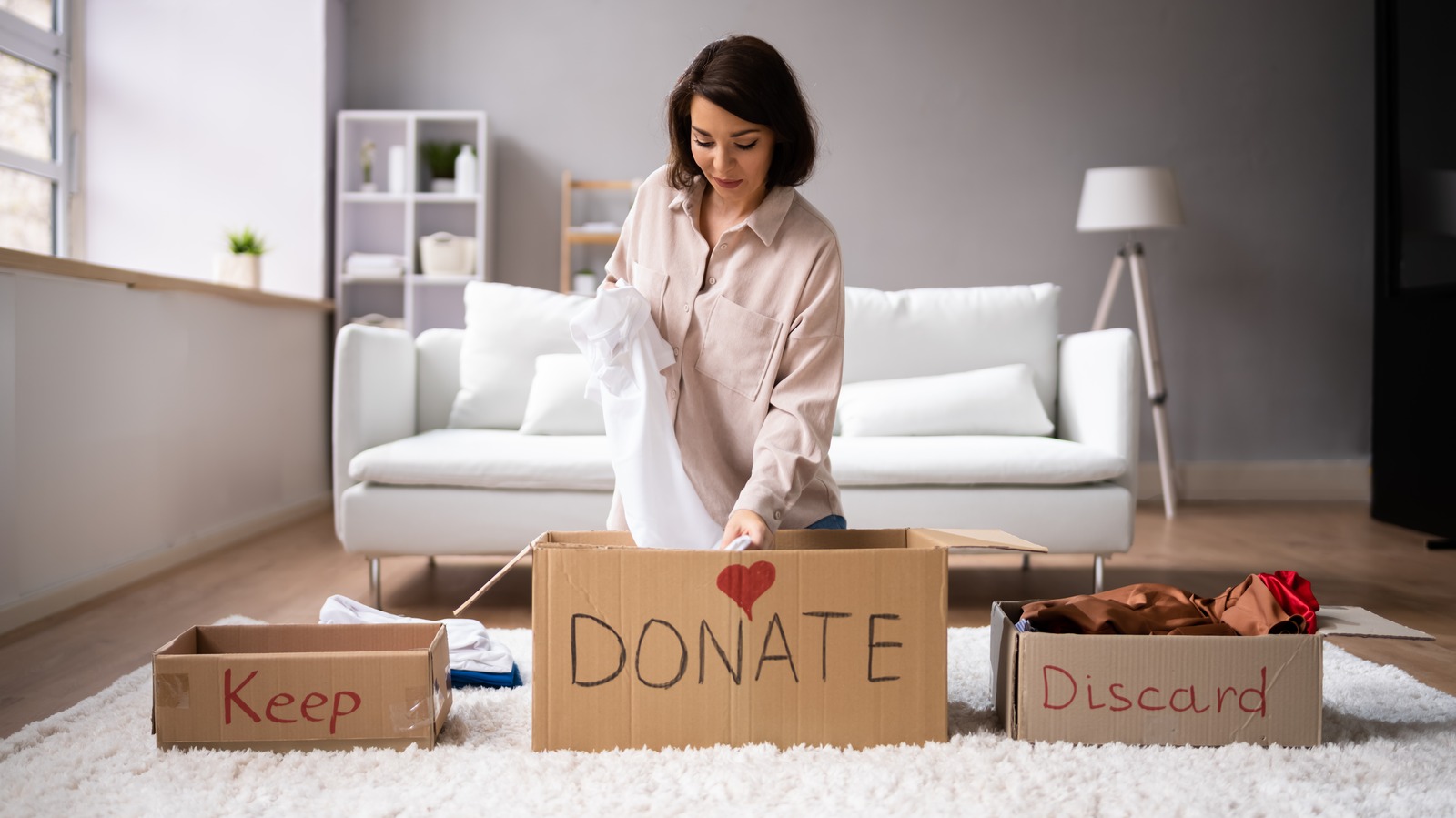

Interior Design
The 30-day Minimalism Game: Declutter Your Home And Life
Modified: January 6, 2024
Declutter your home and life in just 30 days with the Minimalism Game. Say goodbye to clutter and embrace a minimalist lifestyle. Perfect for interior design enthusiasts.
(Many of the links in this article redirect to a specific reviewed product. Your purchase of these products through affiliate links helps to generate commission for Storables.com, at no extra cost. Learn more)
Introduction
Welcome to the 30-day Minimalism Game, a challenge designed to help you declutter your home and life. In a world filled with consumerism and material possessions, minimalism offers a refreshing approach to living a more meaningful and intentional life. By focusing on what truly matters and letting go of unnecessary clutter, you can create a space that promotes peace, clarity, and a sense of freedom.
The 30-day Minimalism Game is a popular challenge that was created by Joshua Fields Millburn and Ryan Nicodemus, also known as The Minimalists. The game is simple yet effective: for each day of the month, you get rid of a number of items that corresponds to the day. On day one, you declutter one item, on day two, you declutter two items, and so on, until day thirty when you declutter thirty items.
While the challenge may seem daunting at first, it is a fantastic opportunity to take control of your physical and mental space. By gradually letting go of possessions that no longer serve you, you can create a more organized and serene environment. This game also serves as a great introduction to the principles of minimalism and can help you develop a minimalist mindset that extends beyond the 30 days.
So why embark on this 30-day journey? The benefits of the Minimalism Game are numerous and far-reaching. By participating in this challenge, you can experience the following advantages:
- Cultivate mindfulness: As you evaluate your belongings and decide what to keep and what to let go of, you will become more aware of the things that truly add value to your life. This process encourages mindfulness and helps you develop a deeper appreciation for the things that truly matter.
- Reduce overwhelm: Clutter can create a sense of overwhelm and make it difficult to focus or find what you need. By decluttering and simplifying your space, you can create a more organized and calming environment that promotes productivity and peace of mind.
- Save time and money: Without excess clutter, you can spend less time cleaning, organizing, and searching for misplaced items. Additionally, adopting a minimalist lifestyle can help you make more mindful purchasing decisions, saving you money in the long run.
- Embrace sustainability: Minimizing your possessions reduces your ecological footprint by decreasing waste and overconsumption. By decluttering and making more intentional purchases, you can contribute to a more sustainable future.
- Rediscover what truly brings you joy: Letting go of unnecessary possessions allows you to focus on the things that truly bring you joy and fulfillment. This process helps you recognize the difference between fleeting material happiness and true contentment.
Are you ready to embark on this transformative journey? The 30-day Minimalism Game offers an opportunity to declutter your physical, mental, and emotional space, and create a more intentional and fulfilling life. Join us as we dive into each week’s focus—decluttering your living spaces, simplifying your wardrobe, streamlining your digital life, and cultivating a minimalist mindset.
Key Takeaways:
- Embrace the 30-day Minimalism Game to declutter your home and life, cultivate mindfulness, reduce overwhelm, save time and money, and rediscover true joy and fulfillment.
- Beyond the 30 days, sustain minimalism by regular decluttering, conscious consumption, embracing experiences, and surrounding yourself with positivity and like-minded individuals.
Read more: How To Declutter Your Home In One Day
What is the 30-day Minimalism Game?
The 30-day Minimalism Game is a challenge that encourages you to declutter your home and life by getting rid of a specific number of items each day for 30 consecutive days. It was created by Joshua Fields Millburn and Ryan Nicodemus, two prominent advocates of the minimalist lifestyle who are known as The Minimalists.
The game is simple yet effective. On the first day of the challenge, you declutter one item. On the second day, you declutter two items. The number of items you declutter each day continues to increase, reaching thirty items on the final day of the month. By the end of the challenge, you will have decluttered a total of 465 items.
While the numbers may seem daunting at first, the purpose of the game is not only to achieve a clutter-free environment but also to shift your mindset and adopt a minimalist lifestyle. By systematically removing items from your life, you are forced to evaluate the things that truly add value and meaning to your existence.
The 30-day Minimalism Game is a powerful way to challenge yourself and break free from the trap of consumerism. It helps you identify what is truly essential and eliminate the excess that no longer serves you. As you let go of physical possessions, you create space for more important aspects of life, such as experiences, relationships, and personal growth.
Not only does this game provide a structure for decluttering, but it also helps you understand the emotional attachment we often have towards our belongings. It encourages mindful decision-making and encourages you to question why you keep certain items and whether they genuinely contribute to your overall well-being.
One of the beautiful aspects of the 30-day Minimalism Game is that it is adaptable to your unique circumstances. You can choose to play it individually or with a group of friends, family, or colleagues. By involving others, you can create a sense of accountability and support as you embark on this minimalist journey together.
Remember, the goal of the 30-day Minimalism Game is not just to declutter your physical space but to transform your mindset and embrace a more intentional way of living. Take this opportunity to reflect on what truly matters to you and let go of the excess. Are you ready to dive into the challenge and create a more minimalist and meaningful life?
Benefits of the 30-day Minimalism Game
The 30-day Minimalism Game offers numerous benefits that extend beyond simply decluttering your physical space. By committing to this challenge, you can experience transformative changes in various aspects of your life. Let’s explore some of the benefits of engaging in the 30-day Minimalism Game:
- Enhanced clarity and focus: Removing physical clutter from your environment helps create a sense of mental clarity and enables you to focus on what truly matters. With fewer distractions, you can direct your energy towards your goals, hobbies, and relationships.
- Improved organization: By letting go of unnecessary possessions, you create a more organized space. This makes it easier to find what you need and reduces stress associated with clutter and disarray. You’ll spend less time searching for items and more time enjoying your living spaces.
- Increased productivity: A clutter-free environment encourages productivity. When you have a clean and organized workspace, you can focus more on your tasks and complete them efficiently. The act of decluttering can also help you identify inefficiencies and streamline your workflow.
- Reduced stress: Clutter has been linked to increased stress levels. By decluttering, you create a peaceful and calming environment that promotes relaxation. Removing physical clutter can have a positive impact on your mental and emotional well-being.
- Financial freedom: Engaging in the Minimalism Game can help you reassess your spending habits and make more mindful purchasing decisions. As you let go of unnecessary possessions, you become more aware of the difference between wants and needs, allowing you to save money and achieve financial freedom.
- Rediscover what brings you joy: Letting go of excess possessions allows you to focus on what truly brings you joy and fulfillment. By decluttering, you create space for the things that matter most to you, be it meaningful relationships, hobbies, or experiences.
- Elevated self-awareness: The minimalism journey involves reflection and introspection. It prompts you to evaluate your values, goals, and priorities. This process increases self-awareness and helps you align your actions with your core beliefs.
- Environmental impact: By practicing minimalism and decluttering your life, you contribute to a more sustainable future. The reduction of consumption and waste helps protect the environment and minimize your ecological footprint.
- Freedom from material possessions: Engaging in the Minimalism Game helps break free from the societal pressure to accumulate material possessions. You’ll experience a sense of liberation and freedom as you detach yourself from the attachment to belongings and find contentment in a more minimalist lifestyle.
These are just a few of the many benefits you can reap by participating in the 30-day Minimalism Game. As you embark on this journey, you’ll discover that minimalism extends beyond material possessions and permeates into all areas of your life, resulting in a more intentional, meaningful, and fulfilling existence.
Getting Started
Embarking on the 30-day Minimalism Game may seem overwhelming at first, but with the right mindset and approach, you can successfully declutter your home and life. Here are some steps to help you get started:
- Set your intentions: Before you begin decluttering, take a moment to reflect on why you want to embrace minimalism. Determine what you hope to achieve through this challenge and how it aligns with your values and goals. Setting your intentions will help you stay motivated throughout the process.
- Choose a start date: Select a date to begin the 30-day Minimalism Game. It can be the first day of the month or any other date that works well for you. Having a specific start date helps create a sense of commitment and structure.
- Create a plan: Devise a strategy for tackling the decluttering process. Decide which areas of your home you want to focus on each week, such as living spaces, wardrobe, digital clutter, and mindset. Breaking down the challenge into smaller, manageable tasks will make it more achievable.
- Gather necessary supplies: Arm yourself with the tools you’ll need for decluttering, including trash bags, boxes, and labels. Having these supplies on hand will streamline the process and make it easier to sort and categorize your belongings.
- Start with an easy area: To build momentum and gain confidence, begin by decluttering an area that is relatively easy for you. It could be a small drawer, a shelf, or a specific category of items. Starting small allows you to experience quick wins and encourages you to continue decluttering.
- Sort and categorize: As you declutter each area, categorize your belongings into three groups – keep, donate/sell, and discard. Be honest with yourself about which items truly add value to your life and let go of anything that no longer serves a purpose or brings you joy.
- Make a decluttering schedule: Determine how many items you need to declutter each day to stay on track with the game. It may be helpful to set aside dedicated time each day for decluttering to ensure consistent progress.
- Dispose of items responsibly: Once you’ve sorted your belongings, handle them responsibly. Donate or sell items that are still in good condition but no longer serve you. Dispose of items that are damaged or no longer usable in an eco-friendly manner.
- Stay motivated and seek support: Like any challenge, there may be moments when you feel discouraged or tempted to give up. Stay motivated by focusing on the benefits of minimalism and the positive changes it will bring to your life. Seek support from friends, family, or online communities to stay accountable and share your progress.
- Celebrate milestones: Acknowledge and celebrate your progress throughout the 30 days. Whether it’s reaching the halfway point or successfully completing the challenge, take time to appreciate how far you’ve come and the positive impact minimalism has had on your life.
Remember, the 30-day Minimalism Game is not meant to be a daunting task but rather an opportunity for personal growth and transformation. Embrace the process, be kind to yourself, and enjoy the journey towards a more minimalist and intentional life.
Week 1: Decluttering your living spaces
During the first week of the 30-day Minimalism Game, the focus is on decluttering your living spaces. This includes areas such as your living room, bedroom, kitchen, and any other communal spaces in your home. Here are some steps to help you effectively declutter:
- Start with one area: Begin by selecting a specific area in your living space to declutter. It could be a room, a particular corner, or even a single surface like a coffee table. Starting with a smaller area helps prevent overwhelm and allows you to experience a sense of accomplishment.
- Remove visible clutter: Take a thorough look at the chosen area and identify items that are not necessary or bring you joy. Remove any visible clutter, such as old magazines, excess decor, or items that are out of place. Put them in a designated spot to sort later.
- Sort and categorize: Once you’ve removed visible clutter, sort through the items you’ve set aside. Categorize them into three groups: keep, donate/sell, and discard. Be intentional about what you choose to keep, considering whether each item serves a purpose or brings you joy.
- Organize remaining items: After decluttering, organize the items you’ve chosen to keep. Find a designated place for each item, ensuring that they are easily accessible and visually pleasing. Consider using organizers, shelves, or storage containers to maximize space and maintain a clean and tidy environment.
- Address hidden clutter: While decluttering visible areas is important, don’t forget to address hidden clutter as well. Take a look inside drawers, cabinets, and closets. Evaluate the contents and remove anything that is unnecessary or no longer serves a purpose.
- Create a cleaning routine: Once you’ve decluttered your living spaces, establish a cleaning routine to maintain a clutter-free environment. Set aside regular time for cleaning and organizing to prevent clutter from accumulating again. This will help you keep your living spaces tidy and enjoyable.
- Appreciate the space: Take a moment to appreciate your newly decluttered living spaces. Notice how the absence of excess items creates a sense of calm and allows you to focus on what truly matters. Embrace the simplicity and minimalism that now define your home.
Remember, decluttering your living spaces is a process, and it may not be completed in one week. If you find that you need more time to efficiently declutter, feel free to extend the process beyond week one. The key is to be consistent and committed to creating a clutter-free home environment.
As the first week of the 30-day Minimalism Game comes to an end, you may feel a weight lifted off your shoulders. The decluttered living spaces provide a foundation for the rest of the challenge, setting the stage for a more intentional and minimalist lifestyle. Continue the momentum and eagerly anticipation for the next phase – simplifying your wardrobe.
Set a specific goal for each day of the Minimalism Game, such as decluttering a specific area or category of items. This will help you stay focused and motivated throughout the 30 days.
Read more: How To Organize Your Home In 30 Days
Week 2: Simplifying your wardrobe
As you enter week 2 of the 30-day Minimalism Game, the focus shifts to simplifying your wardrobe. Your clothing choices play a significant role in your daily life, and decluttering your wardrobe can bring a sense of liberation and clarity. Here’s how to approach this week’s task:
- Empty your closet: Start by emptying your entire wardrobe. Remove all the clothing items from your closet and lay them out on your bed or a clean surface. This step allows you to see the entirety of your wardrobe and evaluate each item individually.
- Inspect each item: Go through each clothing item one by one and assess its value and relevance to your current lifestyle. Ask yourself if you genuinely enjoy wearing it, if it fits well, and if it aligns with your personal style. Be honest with yourself and let go of anything that no longer serves you.
- Sort and categorize: Create separate piles for different categories of clothing, such as tops, bottoms, dresses, accessories, and so on. As you sort, consider the seasonality of the items and whether they are still in good condition. Categorizing your clothes will make it easier to see what you have and streamline your wardrobe.
- Donate or sell: Once you’ve sorted through your wardrobe, decide what items you would like to donate or sell. Anything in good condition that no longer suits you can be passed on to someone who will appreciate it. Consider hosting a clothing swap with friends or donating to local charities.
- Create a capsule wardrobe: Consider creating a capsule wardrobe, a curated collection of versatile and essential pieces that can be mixed and matched. This approach simplifies your dressing process and ensures that you make the most out of each item in your wardrobe.
- Organize your wardrobe: After decluttering and deciding what to keep, organize your wardrobe in a way that works best for you. You can group clothing items by category, color, or any other system that makes it easy to find what you need. Invest in quality hangers, storage containers, and dividers to maintain a neat and organized wardrobe.
- Maintain a mindful shopping approach: Moving forward, adopt a mindful approach when it comes to shopping for new clothes. Before making a purchase, ask yourself if the item aligns with your established style and if it is truly needed. Focus on quality over quantity, opting for items that will withstand the test of time.
- Appreciate your curated wardrobe: Take a moment to appreciate your newly simplified wardrobe. Notice how it’s now easier to select outfits and how the reduced choices bring a sense of calm and contentment. Embrace the freedom that comes with owning a curated collection of clothing.
Remember, simplifying your wardrobe doesn’t mean sacrificing style or self-expression. It allows you to create a wardrobe that truly reflects who you are and makes getting dressed a more enjoyable and intentional experience.
As the second week of the 30-day Minimalism Game concludes, take pride in your decluttered wardrobe and look forward to the next step – streamlining your digital life.
Week 3: Streamlining your digital life
As you enter week 3 of the 30-day Minimalism Game, it’s time to shift your focus to streamlining your digital life. In today’s technology-driven world, digital clutter can be just as overwhelming as physical clutter. This week’s task is essential for creating a more organized and efficient digital environment. Here’s how to get started:
- Organize your digital files: Begin by organizing your digital files and documents. Create folders and subfolders to categorize different types of files, such as work documents, personal photos, or projects. Having a clear folder structure makes it easier to locate files and reduces digital chaos.
- Declutter your desktop: Your desktop is often the first thing you see when turning on your computer. Remove any unnecessary icons or files from your desktop to create a clean and uncluttered work environment. Consider organizing your remaining files into folders or using a desktop organization tool.
- Review and delete emails: Go through your email inbox and unsubscribe from unnecessary newsletters or mailing lists. Delete or archive old emails that no longer require your attention. Create email filters or rules to automatically organize incoming emails and keep your inbox organized moving forward.
- Clean up your digital photos: Sort through your digital photo collection and delete duplicates, blurry images, or photos that no longer hold significance. Consider organizing your photos into albums based on events, people, or themes to make it easier to find and enjoy your memories.
- Manage your digital subscriptions: Review your digital subscriptions and consider canceling those that you no longer use or find value in. This includes streaming services, software subscriptions, or online memberships.
- Remove unused apps and programs: Assess the apps and programs on your devices and uninstall those that you no longer use or serve no purpose. Removing unused apps not only declutters your device but also frees up storage space and improves device performance.
- Organize digital bookmarks and favorites: Take a look at your web browser bookmarks and favorites and organize them into folders or categories. Delete any unnecessary or outdated links that no longer serve you.
- Backup and secure your data: Ensure that you have backups of important files and documents. Backup your data to an external hard drive or cloud storage to protect against data loss. Also, take steps to secure your digital information, such as using strong, unique passwords and enabling two-factor authentication where available.
- Practice digital detox: Set aside designated time each day to disconnect from digital devices and engage in analog activities. Whether it’s reading a physical book, going for a walk, or engaging in a hobby, a digital detox helps create a healthy balance and reduce digital overwhelm.
Streamlining your digital life not only reduces clutter but also enhances productivity and peace of mind. As you declutter your digital space, take note of the newfound clarity and efficiency that comes with a simplified digital environment.
As week 3 of the 30-day Minimalism Game comes to a close, celebrate your progress and look forward to the final week as you cultivate a minimalist mindset.
Week 4: Cultivating a minimalist mindset
Welcome to the final week of the 30-day Minimalism Game! In week 4, the focus shifts from physical and digital decluttering to cultivating a minimalist mindset. The goal is to embrace the principles of minimalism and integrate them into your daily life. Here are some steps to help you cultivate a minimalist mindset:
- Practice gratitude: Take time each day to appreciate the things you already have. Cultivating a sense of gratitude helps shift your focus from constantly wanting more to being grateful for what you already possess. It encourages contentment and minimizes the desire for excess.
- Reflect on your values: Evaluate your values and priorities. Consider what truly matters to you and align your actions and decisions accordingly. Let go of the pressure to conform to societal expectations and focus on living a life that reflects your true values.
- Embrace mindful consumption: Before making a purchase, pause and ask yourself if the item is necessary and if it adds value to your life. Avoid impulsive buying and instead make intentional choices that align with your values and needs.
- Shift to experiences over possessions: Place greater importance on experiences and moments rather than material possessions. Focus on creating memories, spending quality time with loved ones, and engaging in activities that bring joy and fulfillment.
- Simplify your commitments: Evaluate your commitments and responsibilities. Determine which ones truly align with your values and goals, and let go of those that no longer serve you. Simplifying your commitments allows you to invest your time and energy in what matters most.
- Practice letting go: Minimalism is about letting go of physical and emotional baggage. Learn to let go of attachments to material possessions, grudges, and negative emotions. Embrace the freedom that comes with releasing what no longer serves you.
- Create space for stillness: In our fast-paced world, finding moments of stillness and solitude is vital. Carve out time for quiet reflection, meditation, or simply being present in the moment. Embracing stillness promotes mindfulness and allows you to connect with yourself and your surroundings.
- Surround yourself with positivity: Surround yourself with people, environments, and media that inspire and uplift you. Minimize exposure to negativity and embrace positivity in all aspects of your life. Create a supportive and encouraging circle that aligns with your minimalistic values.
- Continuously evaluate and adjust: Cultivating a minimalist mindset is an ongoing process. Continuously evaluate your possessions, commitments, and thoughts, and make adjustments as necessary. Embrace the idea of living with intention and regularly reevaluate your choices to ensure they align with your minimalist values.
- Embrace imperfections: Remember that minimalism is not about perfection. Embrace the imperfections and embrace the journey. Minimalism is a personal and individual path, and it’s essential to find what works for you.
Cultivating a minimalist mindset goes beyond decluttering physical and digital possessions. It involves adopting a new perspective and way of living, one that prioritizes simplicity, intentionality, and mindful decision-making.
As the final week of the 30-day Minimalism Game concludes, celebrate how far you’ve come on this journey. Embrace the minimalist mindset you’ve cultivated and carry it forward in all areas of your life. Minimalism is not just a one-month challenge, but a lifelong commitment to living with purpose and embracing what truly matters.
Maintaining Minimalism: Beyond the 30 days
Congratulations on completing the 30-day Minimalism Game! You’ve made significant progress in decluttering your home, simplifying your wardrobe, streamlining your digital life, and cultivating a minimalist mindset. But the journey doesn’t end here. Maintaining minimalism is an ongoing practice that requires mindfulness and commitment. Here are some tips to help you sustain your minimalist lifestyle beyond the initial 30 days:
- Regular decluttering: Schedule regular decluttering sessions to prevent clutter from accumulating again. Set aside small chunks of time each month to reassess your possessions and let go of anything that no longer serves you.
- Practice conscious consumption: Before making a purchase, pause and ask yourself if the item aligns with your values and brings value to your life. Focus on quality over quantity and avoid impulse buying. Consider adopting a “one in, one out” rule to maintain a balanced and clutter-free environment.
- Curate your digital lifestyle: Continuously evaluate your digital habits and minimize digital clutter. Regularly review and delete unnecessary files, unsubscribe from newsletters you no longer find valuable, and declutter your digital devices to maintain a streamlined digital life.
- Focus on experiences: Shift your focus towards experiences rather than material possessions. Prioritize spending quality time with loved ones, exploring new hobbies, and creating meaningful memories. Embrace the joy and fulfillment that comes from experiences over the accumulation of material possessions.
- Practice gratitude: Cultivate an attitude of gratitude in your daily life. Take time each day to appreciate and express gratitude for the things you have. Gratitude helps foster contentment and reduces the desire for excessive material possessions.
- Surround yourself with like-minded individuals: Connect with others who share your minimalist values. Seek support and inspiration from a community of like-minded individuals who can encourage and motivate you on your minimalist journey.
- Continuous evaluation of commitments: Regularly assess your commitments and responsibilities to ensure they align with your values and goals. Be willing to let go of unnecessary obligations to create space for the things that truly matter to you.
- Embrace a slow and intentional lifestyle: Slow down and embrace a more deliberate way of living. Avoid rushing through life and prioritize activities that bring you joy and fulfillment. Embrace the concept of “less is more” and find contentment in simplicity.
- Regular self-reflection: Take time to reflect on your journey, personal growth, and the impact minimalism has had on your life. Regular self-reflection helps you stay aligned with your values and maintain a minimalist mindset.
- Be gentle with yourself: Embracing minimalism is a personal and ongoing process. Be patient with yourself and recognize that it’s normal to have occasional setbacks or moments of temptation. Embrace the journey and acknowledge that progress is more important than perfection.
Maintaining minimalism is a continuous exploration and commitment to living with intention and simplicity. Embrace the principles you’ve learned during the 30-day Minimalism Game and weave them into the fabric of your everyday life. With conscious effort and mindfulness, you can create a sustainable minimalist lifestyle that brings you joy, fulfillment, and a sense of freedom.
Congratulations again on completing the 30-day Minimalism Game, and best of luck on your continued minimalist journey!
Conclusion
As you reach the end of this comprehensive guide to the 30-day Minimalism Game, you have gained valuable insight into decluttering your home and life, simplifying your wardrobe, streamlining your digital space, and cultivating a minimalist mindset. Through this journey, you have taken steps towards creating a more intentional and fulfilling life.
Minimalism is not just about having a tidy home or owning fewer possessions; it is about embracing a mindset that prioritizes what truly matters. It’s about clearing away the excess to make room for the essential elements that bring you joy, fulfillment, and peace of mind.
Throughout the 30 days, you’ve experienced numerous benefits, such as increased clarity, reduced stress, improved organization, enhanced mindfulness, and a greater sense of gratitude. You’ve discovered the power of letting go and have gained a deeper understanding of your values and priorities.
As you move forward beyond the initial 30 days, remember that maintaining minimalism is an ongoing practice. Regularly evaluate your belongings, commitments, and mindset to ensure they align with your minimalist values. Embrace conscious consumption, focus on experiences over possessions, and continue to cultivate gratitude and mindfulness in your daily life.
Living a minimalist lifestyle is a personal and individual journey. It’s not about adhering to strict rules or achieving perfection, but about finding what works best for you and brings you the most joy and contentment. Allow yourself the flexibility to adapt and refine your approach as you continue on this minimalist path.
Congratulate yourself on the progress you’ve made. Celebrate the physical, mental, and emotional space you’ve created through decluttering and simplifying. Embrace the freedom that comes with owning less and living with intention.
Remember, minimalism is not a destination—it’s an ongoing process. As you maintain your minimalist lifestyle, continue to reflect, evolve, and find happiness in the simplicity of your choices. Embrace the journey and the positive impact it has on your overall well-being.
Thank you for joining us on this 30-day Minimalism Game. Here’s to embracing a more intentional, meaningful, and joyful life through minimalism!
Frequently Asked Questions about The 30-day Minimalism Game: Declutter Your Home And Life
Was this page helpful?
At Storables.com, we guarantee accurate and reliable information. Our content, validated by Expert Board Contributors, is crafted following stringent Editorial Policies. We're committed to providing you with well-researched, expert-backed insights for all your informational needs.
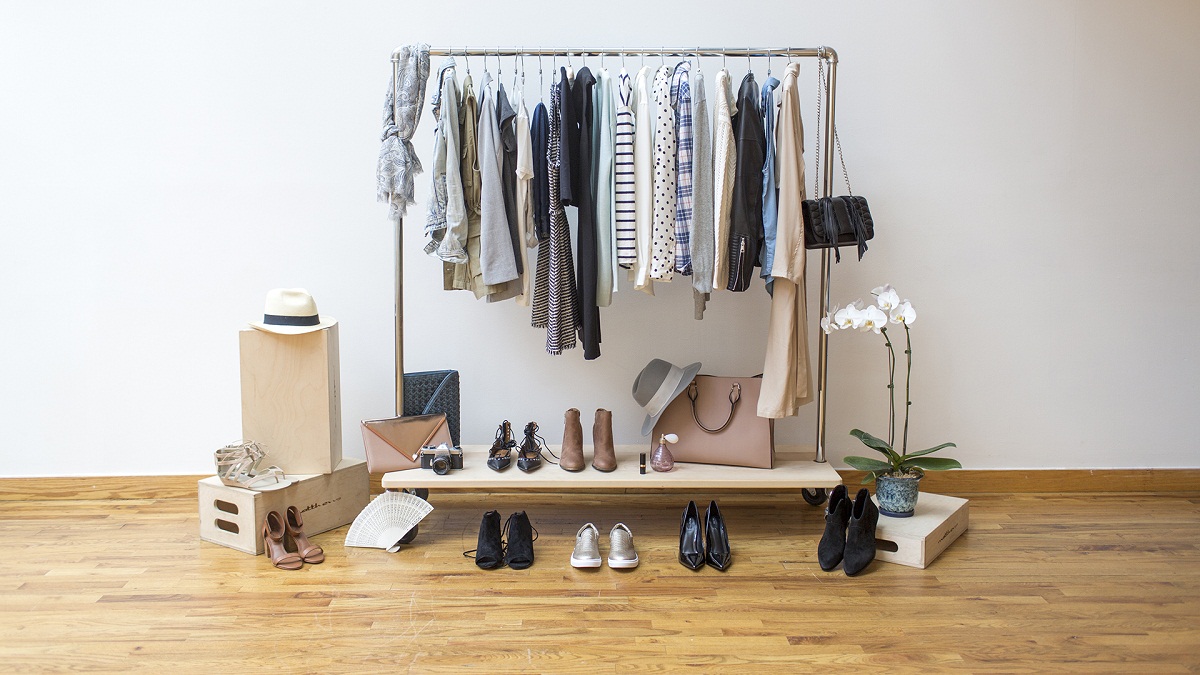

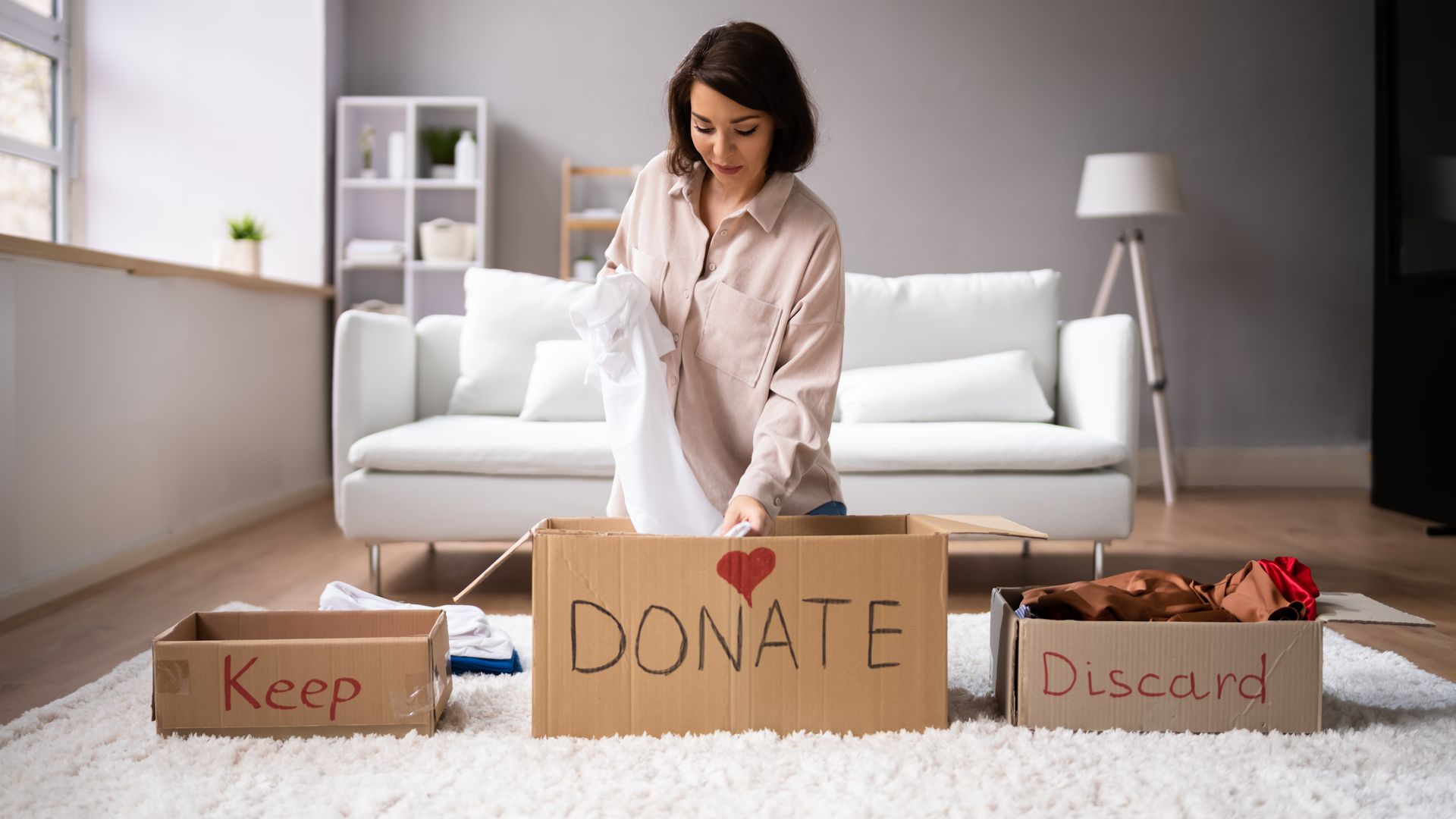
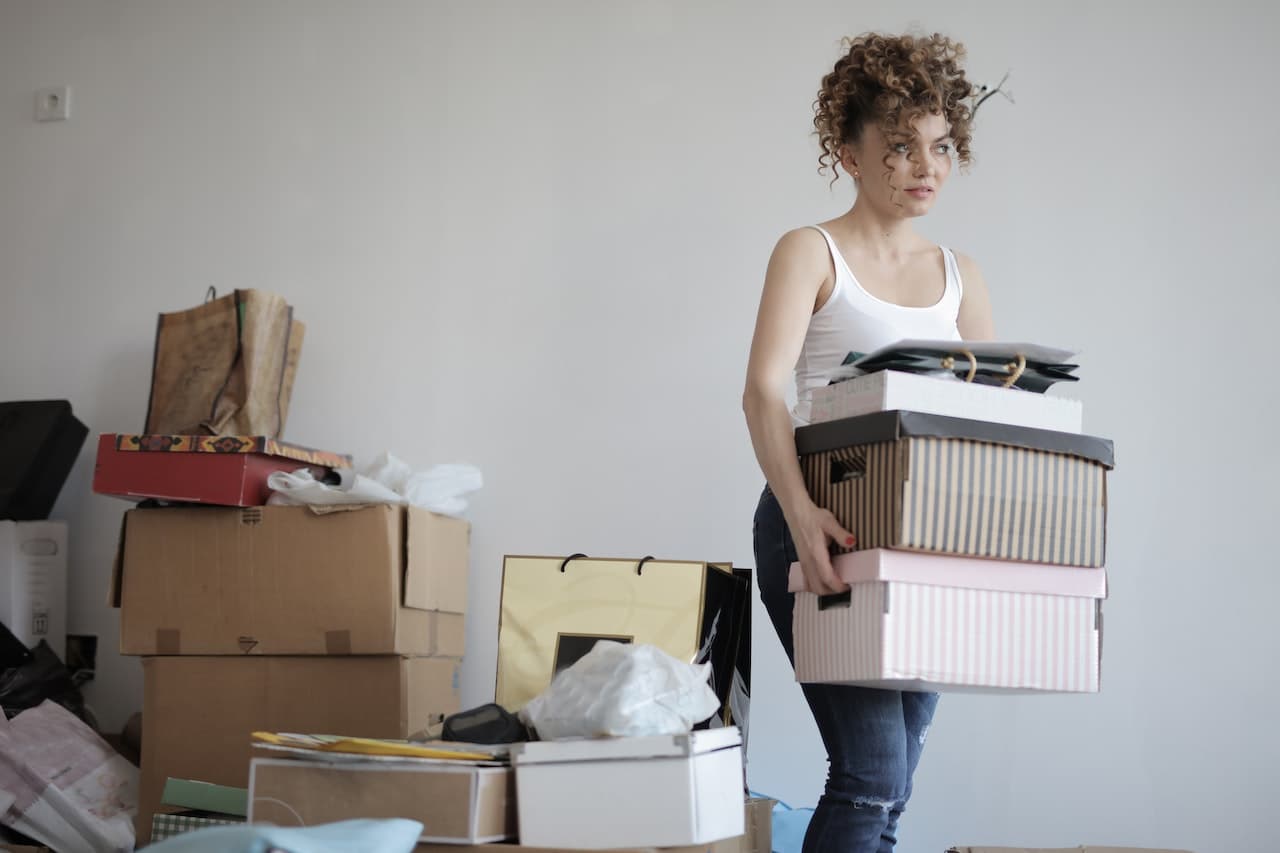
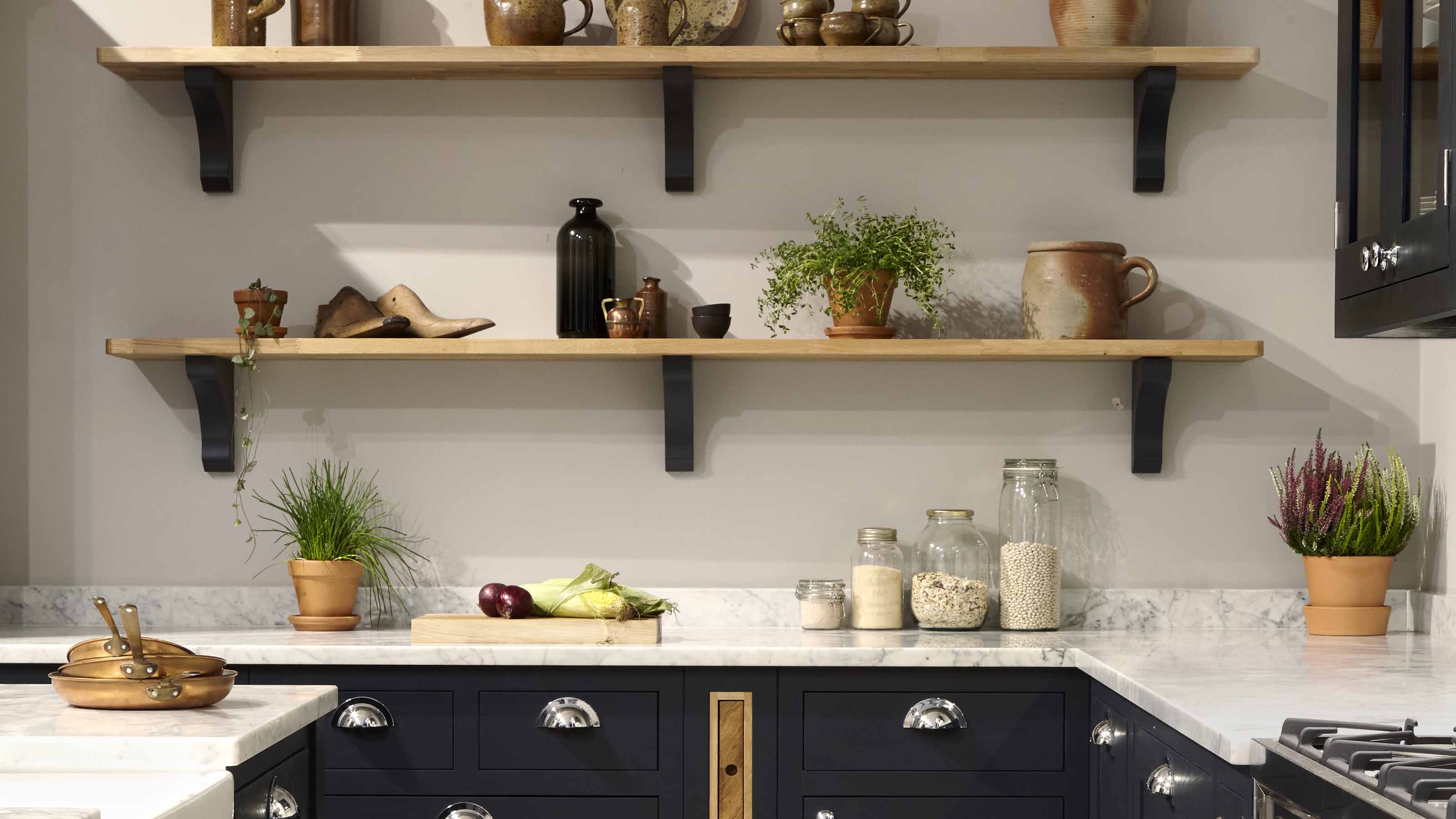
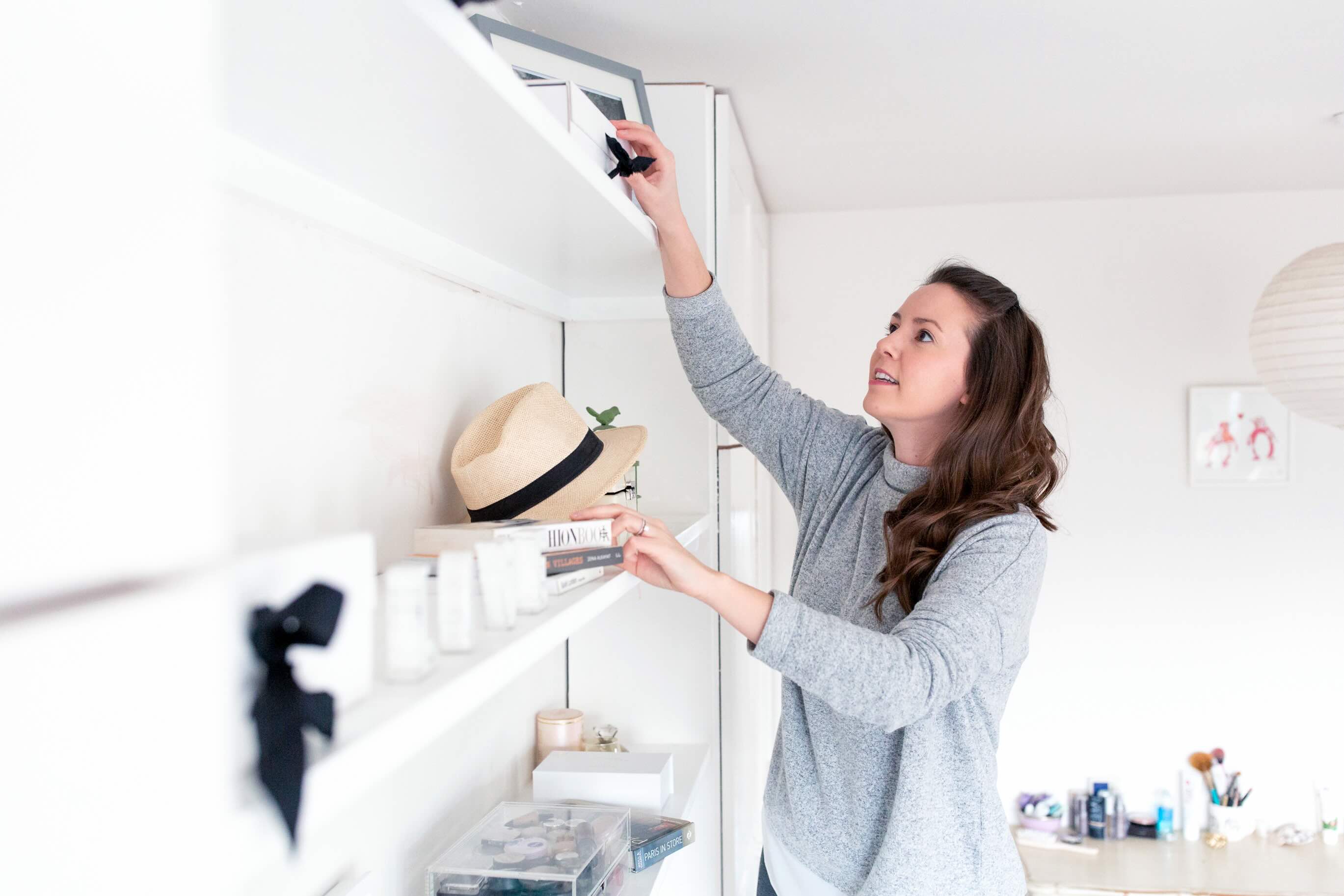
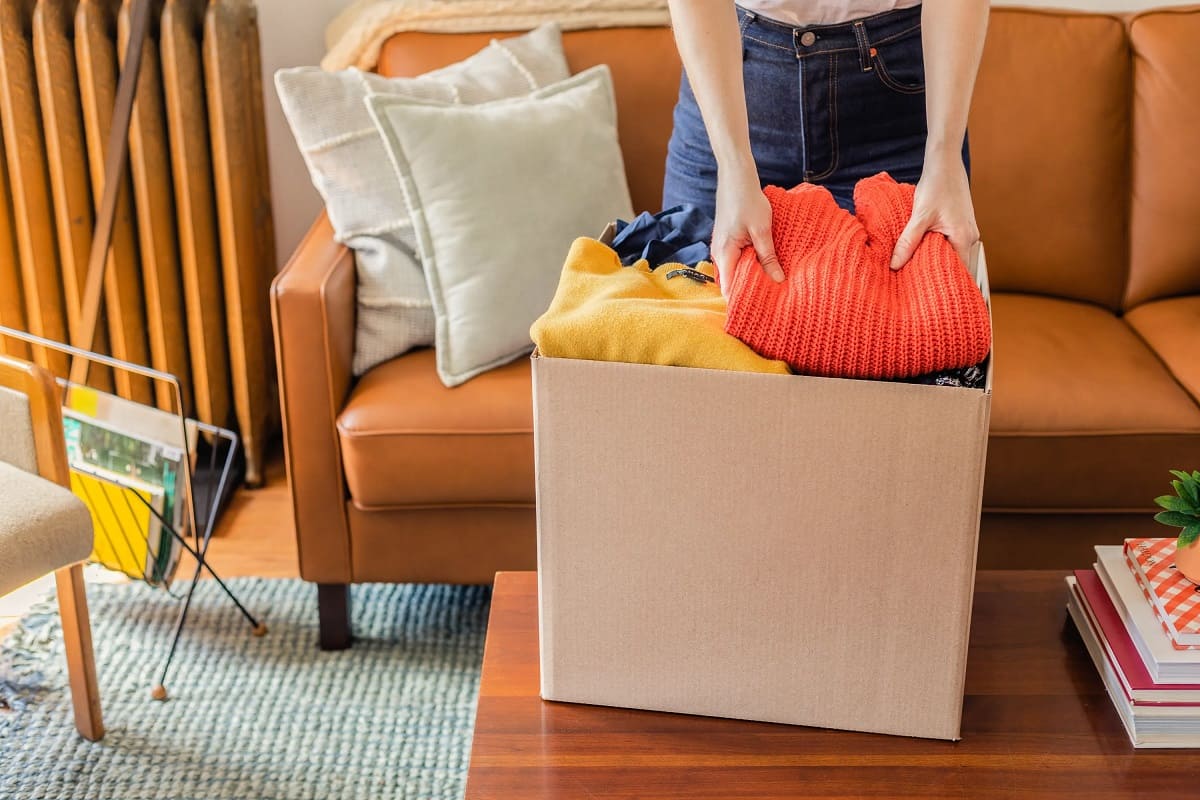
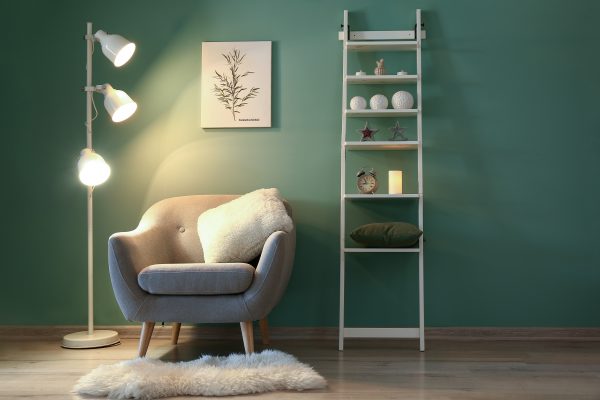

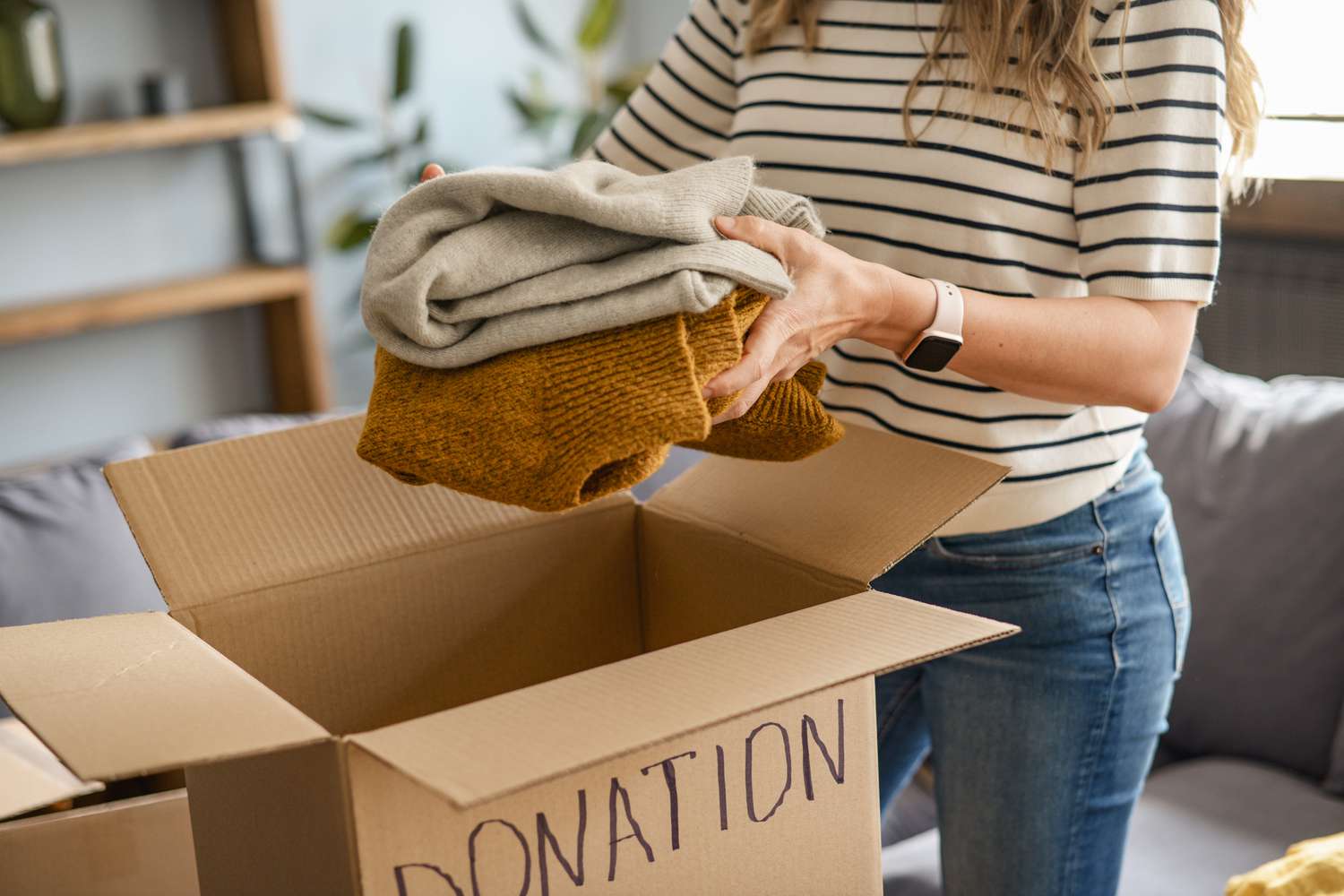
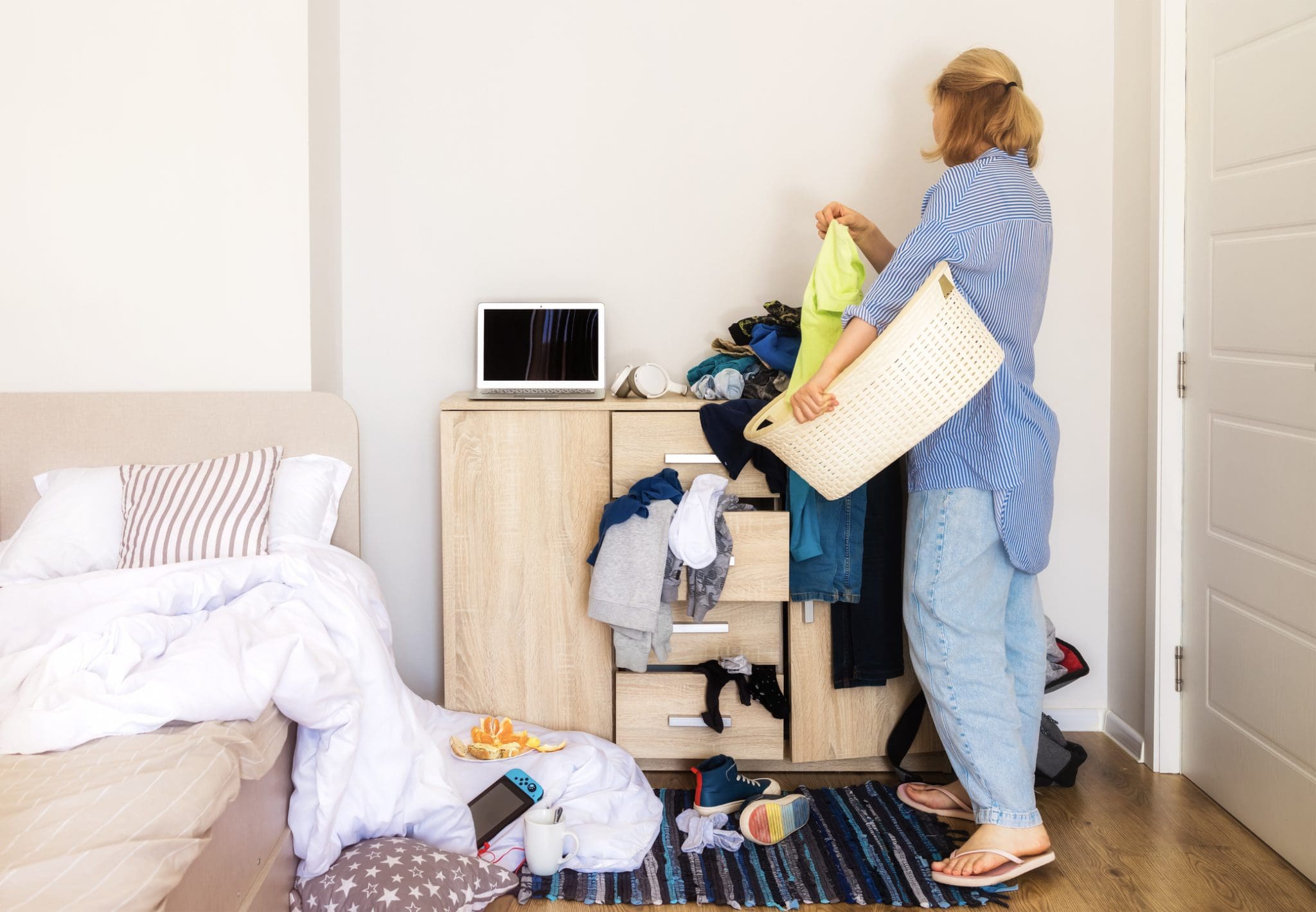
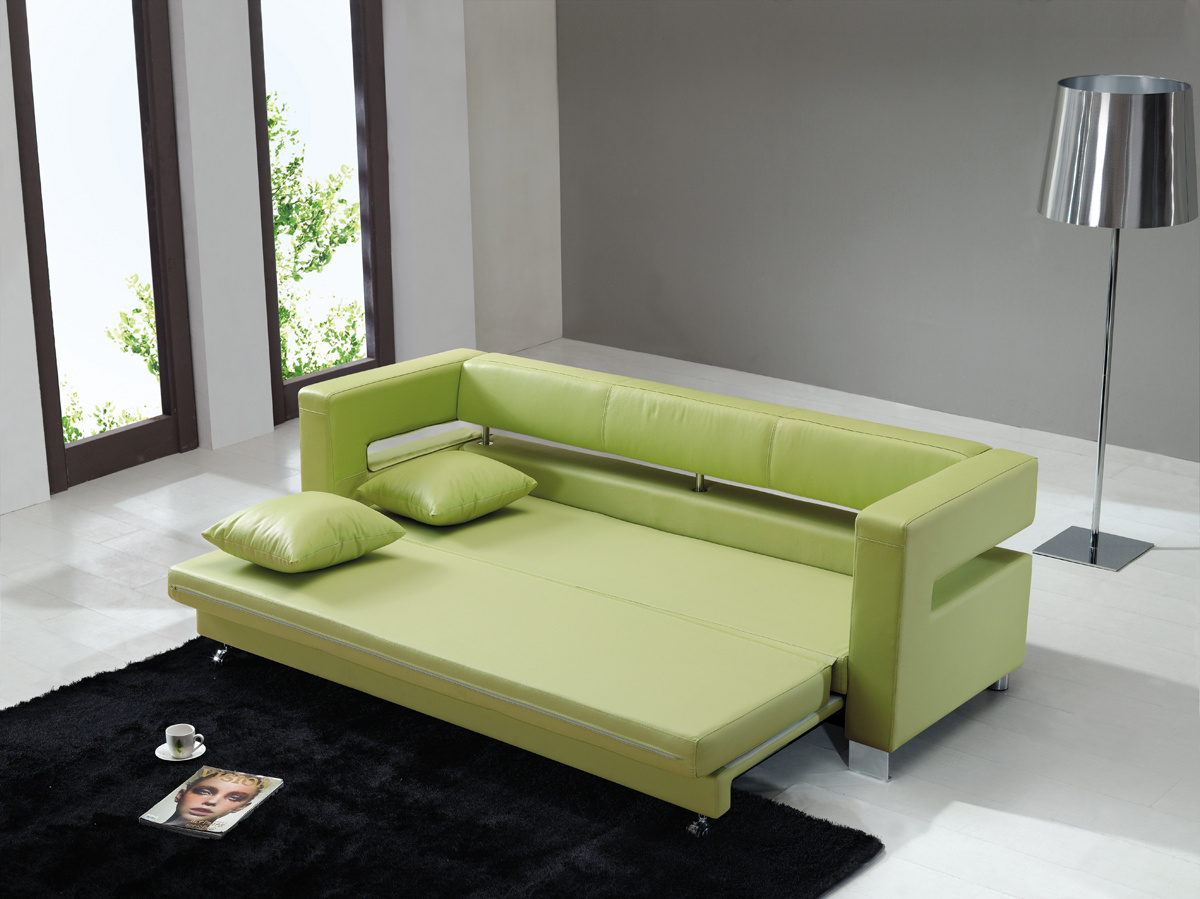
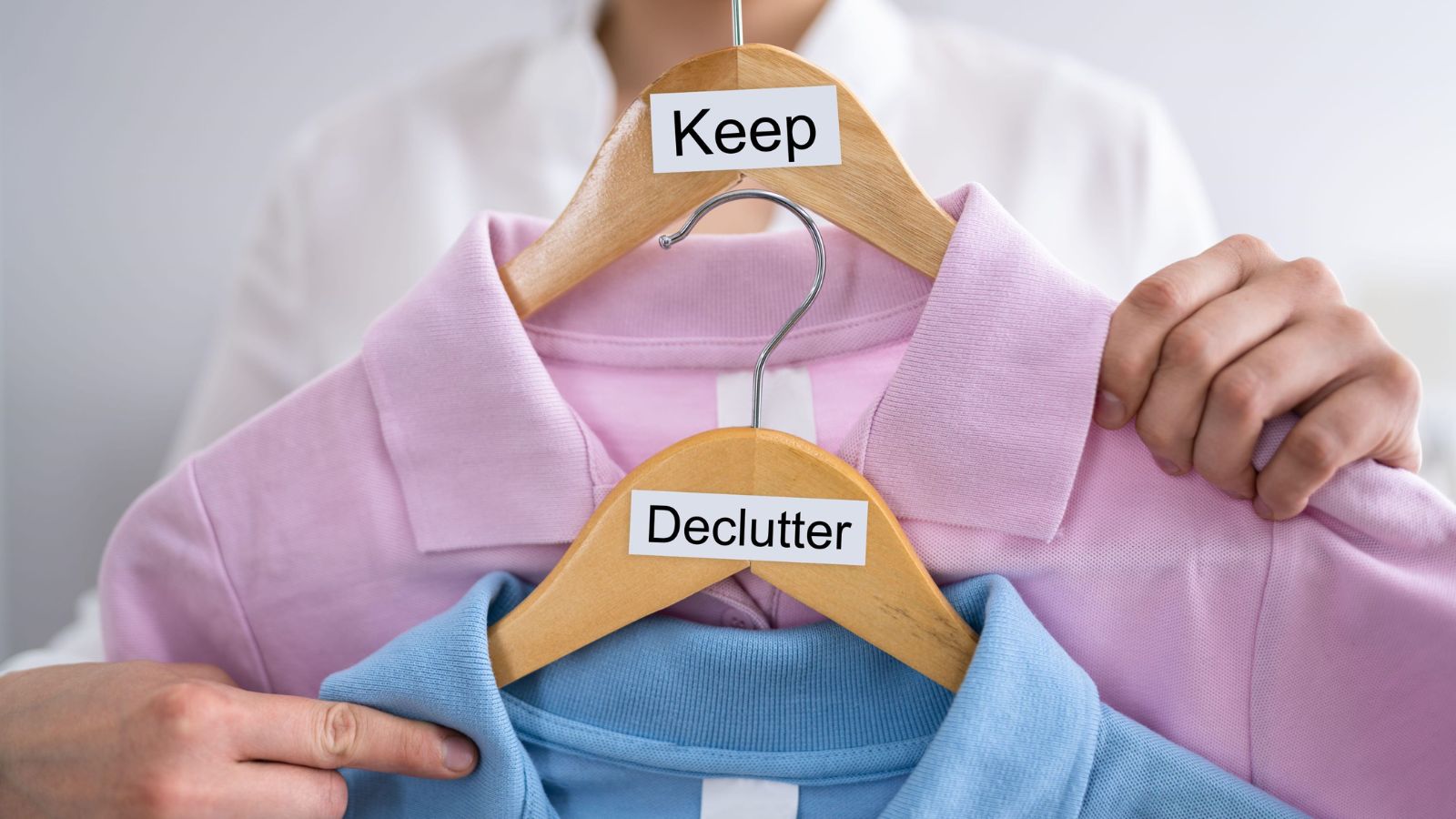

0 thoughts on “The 30-day Minimalism Game: Declutter Your Home And Life”